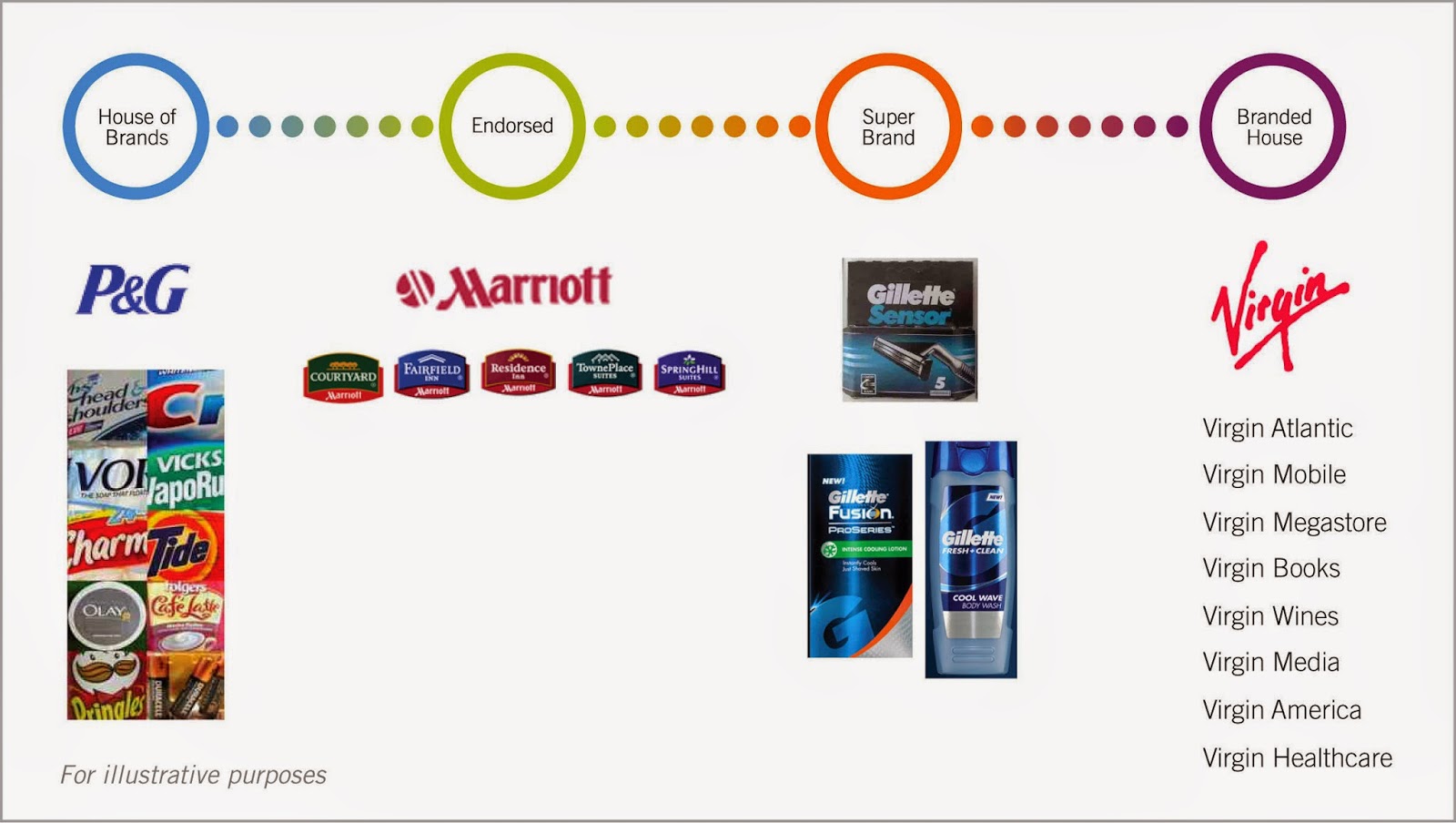Problem
How to create a good communication
plan ?
1. What is a communication plan ?
"Step by step process to ensure
that the intended message is
received, understood, and acted upon by the recipient. It
involves: determining the objectives, choosing
the audience, and selecting
appropriate channel(s) to reach them".
http://www.businessdictionary.com/definition/communications-planning.html
http://www.businessdictionary.com/definition/communications-planning.html
To develop a plan for communication, you have to consider some basic questions:
- What’s your purpose ?
- Who’s your audience ?
- What’s your message ?
- What communication channels will you use ?
- How will you actually distribute your message ?
When can organize those questions into different steps.
http://www.kansaslearning.org/index/communication
- Step 1 : Make some
research
Evaluate your current communications
- Step 2 : Identify
your purpose and objectives
What you might want to say
depends on what you’re trying to accomplish with your communication strategy. For
example:
- Becoming known, or better known, in the community
- Educating the public about the issue your organization addresses
- Rallying supporters or the general public to action for your cause
- Announcing events
Armed with information from your audit, define your overall communication
objectives-the results you want to achieve. These might include
- excellent service to members,
- member loyalty,
- centralization of the communication effort,
- increased employee teamwork,
- improved product delivery,
- visibility for the association and the industry or profession it represents, and
- Influence on government, media, consumers, and other audiences
- Step 3 : Identify
your audience
Who are you trying to reach? You’ll
need different messages for different groups, and you’ll need different
channels and methods to reach each of those groups.
List all the audiences that your association might contact, attempt to
influence, or serve. Included on
your list may be
- members;
- nonmembers;
- consumers;
- related associations;
- adversarial associations;
- educators;
- federal, regional, and local governments;
- related industries; and
- the media.
There are many different ways
to think about your audience and the ways they could best be contacted. You can
group people according to a number of characteristics:
- Demographics
- Geography
- Employment
- Health
- Behavior
- Attitudes
- Step 4 : The message
When creating your message,
consider :
-
content,
-
mood,
-
language,
-
design.
Channels of communication
What does your intended
audience read, listen to, watch, and engage in? You have to reach them by
placing your message where they’ll see it. For exemple :
- Posters
- Fliers and brochures
- Newsletters
- Promotional materials - Items such as caps, T-shirts, and mugs can serve as effective channels for your message.
- Internet sites - In addition to your organization's website, interactive sites like Facebook, Twitter, and YouTube are effective mediums for communication
- Step 5 : Create an
action plan
Establish a timetable. Once objectives, goals, audiences, and tools have
been identified, quantify the results in a calendar grid that outlines roughly
what projects will be accomplished and when. Separate objectives into logical
time periods (monthly, weekly, etc.).
http://askthecmmiappraiser.blogspot.fi/2012/10/as-we-adopt-cmmi-how-do-we-improve.html
- Step 6 : Evaluate the result
Build into
your plan a method for measuring results. Your evaluation might take the form of
- a monthly report on work in progress,
- formalized department reports for presentation at staff meetings,
- periodic briefings of the chief staff executive and the department heads, and
- a year-end summary for the annual report.
http://ctb.ku.edu/en/table-of-contents/participation/promoting-interest/communication-plan/main
http://smallbusiness.chron.com/5-steps-project-communications-plan-project-management-18757.html
http://www.hieran.com/comet/howto.html
http://www.connect4action.eu/toolbox/steps-for-an-effective-communication-plan
http://www.slideshare.net/CommunicateAndHowe/5-steps-for-communications-planning-dec-11
http://www.wikihow.com/Create-a-Communication-Plan
http://www.apctoolkits.com/phworkforceactivation/pages/communications/plans.html

















